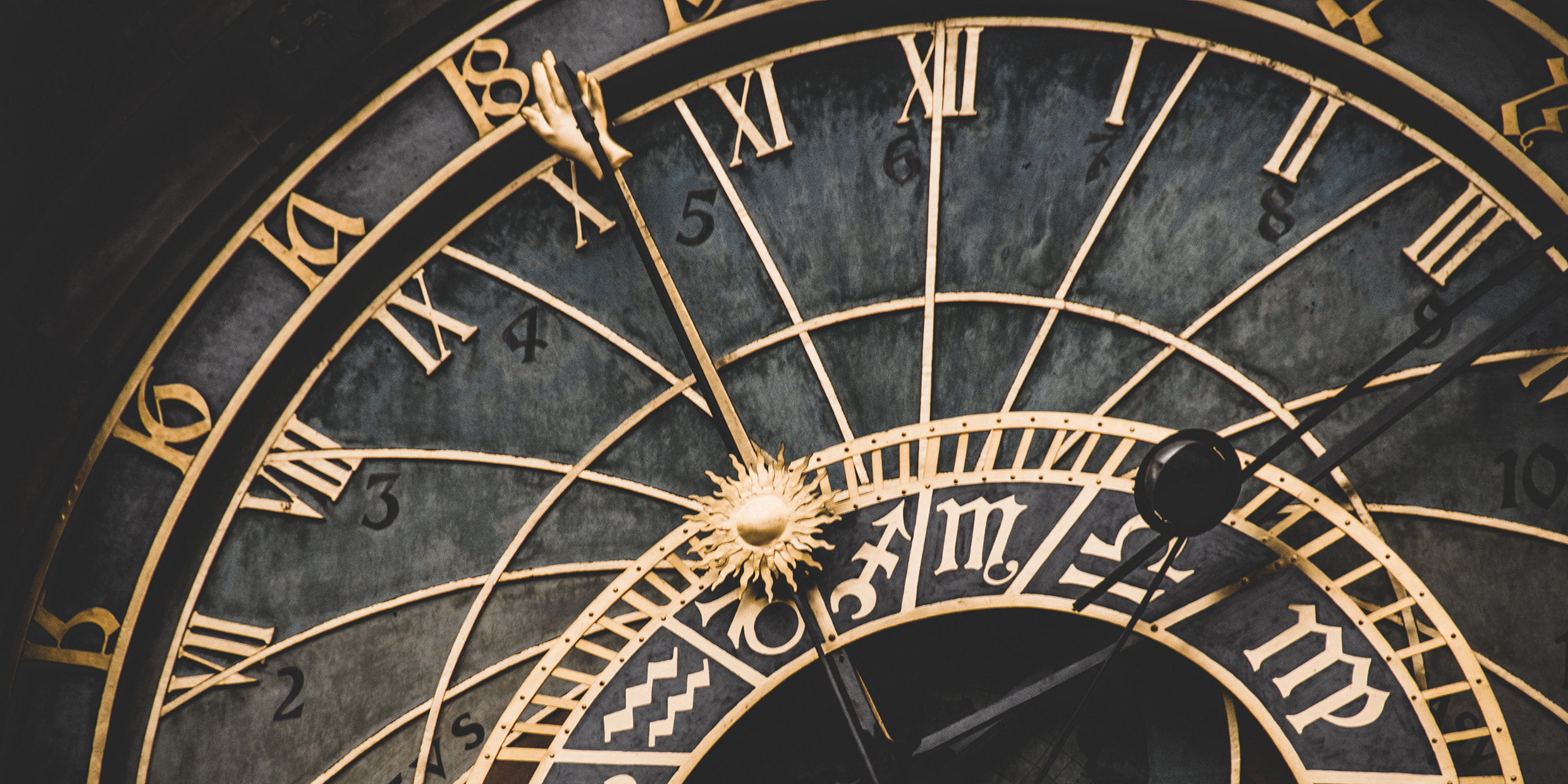Originally published 4 April 1988
Yesterday [April 3, 1988] was one of those days that make you want to throw out the clocks and calendars and go back to keeping time by the sun and seasons.
By some unfathomable design, Easter and Daylight Saving Time arrived together, forcing us to confront at once two perplexing tangles of time.
Take Easter. Easter falls on the first Sunday after the first full moon on or following the spring equinox. Simple enough, right? Well, not quite.
The official rule for determining the date of Easter was established by Pope Gregory in 1582. The rule defines the equinox as March 21st. But in fact, the true astronomical beginning of spring — the moment the sun crosses the equator from south to north — can occur on the 19th, 20th or 21st of March, depending on the year. The reason for the variability has mostly to do with the occasional extra day in February.
Why leap days? In one circuit of the sun, the Earth turns on its axis 365.2422 times, more or less, so there are 365.2422 astronomical days in a year. But as Pope Gregory’s experts said, “Annum civilem necessario constarre ex diebus integris,” which roughly translated means there ain’t no such thing as .2422 days in a calendar.
To keep the calendar from getting wildly out of sync with the seasons, we add a day to every fourth year, except in century years not perfectly divisible by 400, which brings the average number of days in a year to roughly the astronomical number. Figuring this out exercised the best scientific minds of the 16th century, so don’t worry if it sounds confusing.
Full moons and real full moons
To make things worse, the full moon defined by the Easter rule isn’t quite the same as the real full moon. An actual lunar month, from full moon to full moon, is 29.5306 days. Pope Gregory’s experts decided that such fractional quibbles were beyond the typical cleric, and so established a table for finding the day of the full moon that more or less approximates the real situation. But even this “simple” system for figuring out Easter is so complicated that most of us just throw up our hands and take the word of the drug store calendar.
And then there’s Daylight Saving Time. How does setting the clock back or forward save daylight? It doesn’t. But the tilt in the Earth’s axis gives us short days in winter and long days in summer. By the time we get up on summer mornings we’ve already wasted a few hours of daylight. So we set the clocks back an hour and move the daylight to the active end of the day. They say it’s good for business and saves energy, but almost no one understands it.
The problem is not with the clocks and calendars, the problem is with the world. Some philosophers in Newton’s day referred to the world as the Great Clockwork and to the creator as the Watchmaker. One modern theorist calls the evolutionary laws of nature the Blind Watchmaker. Blind or sighted, the Watchmaker botched what might have been a neat job. If he/she/it had been more fastidious, our clocks and calendars wouldn’t be so confusing.
If I were making the world, I’d do it differently.
First, I’d correct that awkward tip in the Earth’s axis. Let the planet go around the sun standing straight up and down like an honest man. Days and nights would be of equal length all year round, and there would be no need for Daylight Saving Time.
Second, I’d make the Earth turn a sensible number of times on its axis as it circles the sun. A nice round number like 360. Not 365.2422, but 360, on the money. That would get rid of the need for leap days, and one year would be like any other.
Third, I’d make the moon go around the Earth in exactly 30 days, not 29.5306. And no wobbles, no tipped orbits, no eccentrics, no tidal friction. Just a nice, well-crafted solar system that runs smoothly, like a fine Swiss watch. Then Easter would come at the same time every year, and we could buy our Easter duds with a reasonably sure idea of what to expect for the weather.
A world without wobbles
And while I’m at it, I’d start my Clockwork running with a new moon on New Year’s Day, so that a month on the calendar would be an honest-to-God lunar month.
What! You say you like a few tilts and wobbles in your world? You like the variable seasons — Easter bunnies in the spring and pretty leaves in the fall? You actually enjoy those funny little rules: Spring forward, fall back? Thirty days hath September? You welcome the extra day in February that puts off the day of reckoning on income tax. You prefer a risk of sleet on your Easter bonnet to a world were nothing ever changes?
Did I hear you say that we’ve made our lives mechanical enough without smoothing out the last few wrinkles in the world we inherited? Well, then, I guess it’s just as well that the Watchmaker was not so fastidious.



